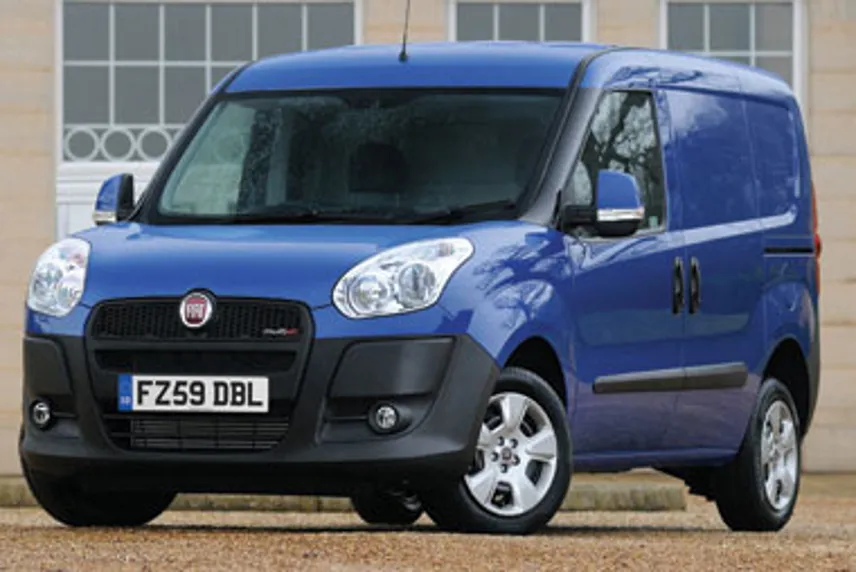Review
In the world of new vans, there are minor tweaks, there are facelifts, there are new launches and there are quantum leaps.
If I could think of a fifth category – say mega-galactical surges forward – that’s where I’d put the van on test here, the Fiat Doblo Cargo.
I always liked the old Doblo, but in truth it was too quirky in its looks and build quality-wise, it just didn’t cut the mustard with the likes of the Ford Transit Connect and the Volkswagen Caddy.
But take at look at the pictures here to see what the design wizards at Fiat have come up with.
The new van is chunky and solid, has road manners you’d only expect from the premium manufacturers and has a host of best-in-class features that make the Doblo Cargo stand if not equal to the rest but head and shoulders above some.
You could be forgiven for thinking that this vehicle bears little resemblance to the old model – in fact apart from the name only the brake calipers and fuel lines are carried over.
Everything else, including a new set of Euro V compliant diesel engines, is new.
It has grown considerably in size and the Doblo Cargo now boasts the biggest payload of any van in the sector – up to one tonne – along with cubic capacity of up to 4.2 cubic metres and a string of best-in-class features such as service intervals, CO2 emissions and running costs.
Fiat has spent E450 million developing the new Doblo Cargo and it is now offered with long and short wheelbases, standard and high roofs, van and chassis-cab versions and an amazing array of both Euro IV and Euro V compliant engines, both petrol and diesel.
There will also be five and seven seat car versions and in Europe, a CNG-powered variant.
Volumes go up to 4.2 cubic metres for the long wheelbase version with a special fold down passenger seat.
Payloads, meanwhile, range from 750kg to 1,000kg, the first van in this sector to carry one tonne.
On the safety front, ABS brakes and EBD are standard but electronic stability control is a paid-for option.
A TomTom Blue&Me system will be available as an extra, which acts as an infotainment system which manages a mobile phone, MP3 player, navigation system and all driving information.
Also available is an Ecodrive software system which monitors driving styles, a useful extra for fleet managers who have wayward drivers on the staff.
Under the bonnet there is a huge range of engines – a 1.4-litre petrol engine offering 90bhp at 6,000rpm and 94lb-ft of torque at 4,500rpm, and 1.3, 1.6 and 2.0-litre MultiJet diesels offering between 90bhp and 135bhp and torque of between 147lb-ft and 236lb-ft.
Fuel economy ranges from 40.35mpg to 58.8mpg and CO2 figures go from 126g/km to 163g/km.
All Euro V engines feature Fiat’s Start&Stop system as standard.
This cuts out the engine after it has been idling for two seconds and automatically restarts it when the driver dabs the clutch.
The van on test here is the short-wheelbase SX variant with a 2.0-litre Euro V MulitJet engine offering 135bhp. Price is £14,995 ex-VAT.
















